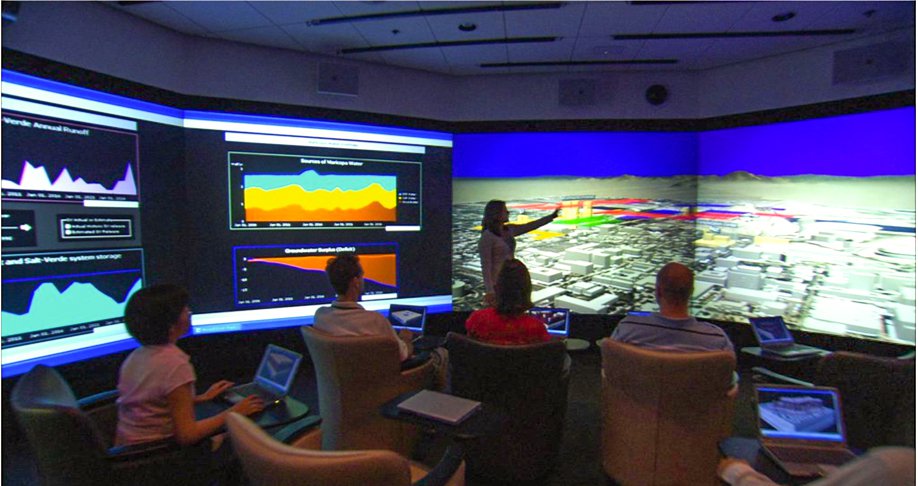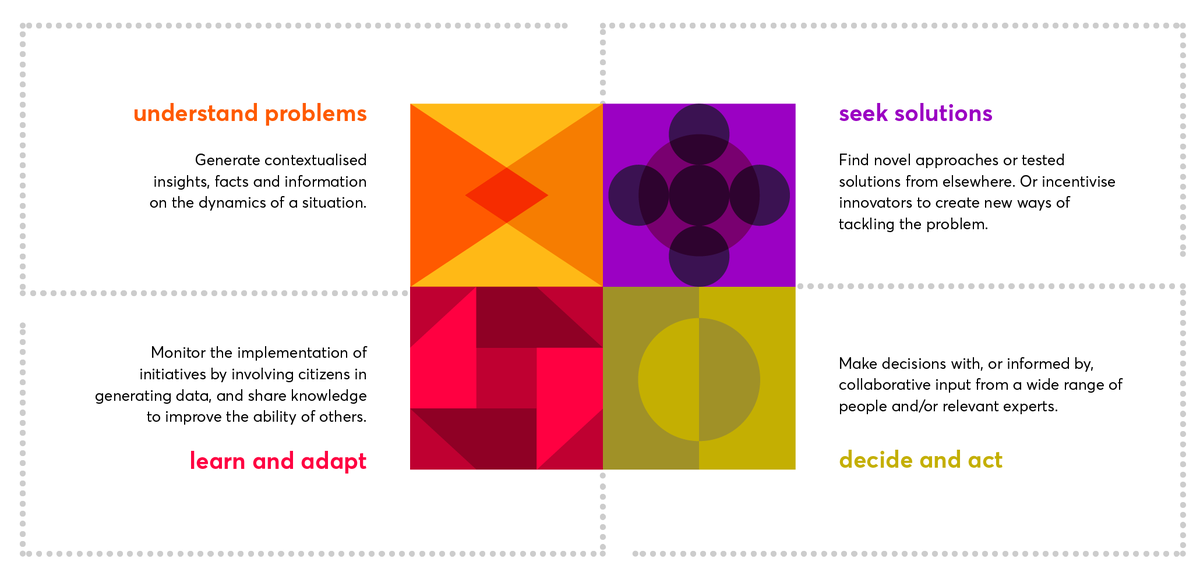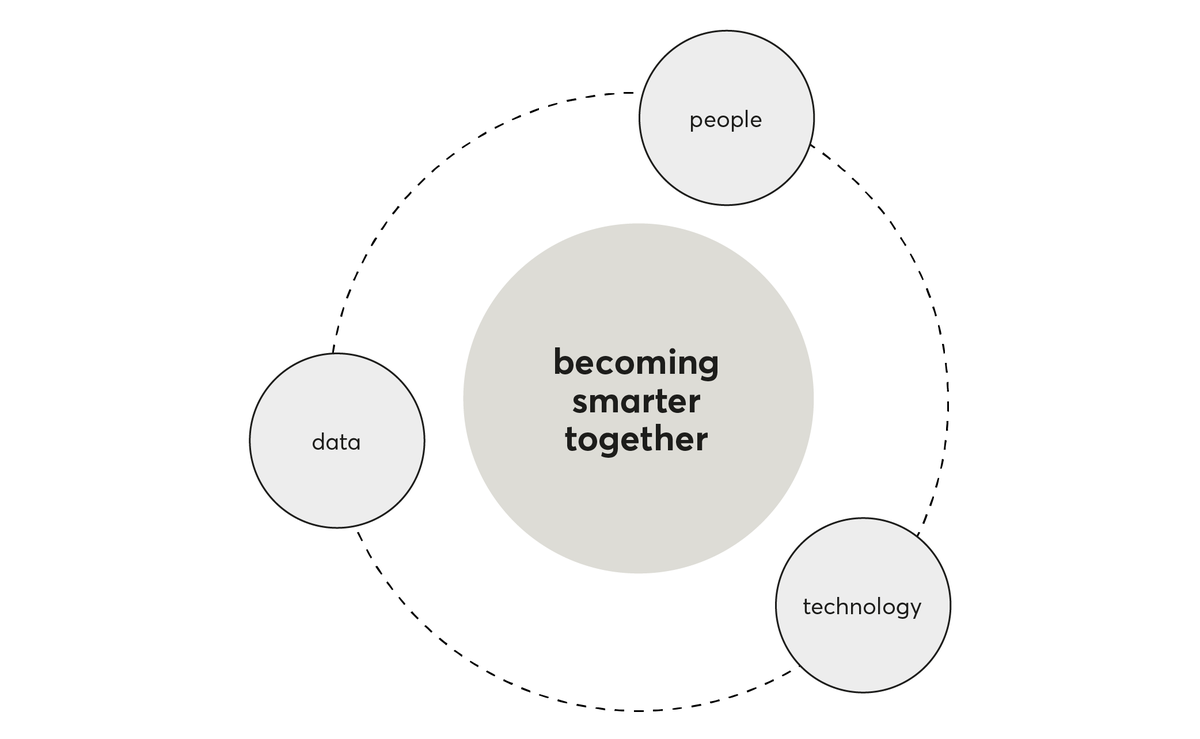Nesta supports innovation in building the workforce of the future, skills, and developing ‘collective intelligence’

Nesta invests £1m in workforce platform Profinda
@Nesta_UK Impact Investments supports businesses like @ProFinda which have the potential to deliver clear #SocialImpact as a part of their business model.
Nesta Impact Investments, the venture capital arm of innovation charity Nesta, has invested £1m in ProFinda to accelerate the deployment of the ProFinda platform across the private, public and third sector, and increase social impact.
ProFinda’s mission is to revolutionise how organisations and their supply chains of people assess, identify and develop the skills, knowledge and capabilities of the people involved with them.
The Nesta investment will be used to:
- Build on success with blue chip clients and partners
- Make ProFinda’s technology available to non-profits
- Improve it proprietary skills machine learning IP
ProFinda’s ground-breaking technology uses a machine learning platform to build a dynamic and detailed map to far better understand the skills and knowledge of the total workforce.
This is based on a skills ‘ontology’, which utilises tools such as semantic parsing and matching to dramatically increase understanding of skills.
It is part of a new category of workforce optimisation technology that is becoming essential for organisations wishing to be more adaptive and agile.
This “science of skills” enables organisations to improve how they leverage the skills of their collective workforce, including internal employees, contractors and alumni. It intelligently matches project requirements to ability and knowledge.
Nesta supports innovation in building the workforce of the future, skills, and developing the ‘collective intelligence’, where technology unlocks human potential and improves collaborative working.
What is Collective Intelligence?

The Decision Theater developed by Arizona State University
At its simplest, ‘collective intelligence’ can be understood as the enhanced capacity that is created when people work together, often with the help of technology, to mobilise a wider range of information, ideas and insights.
Collective intelligence (CI) emerges when these contributions are combined to become more than the sum of their parts for purposes ranging from learning and innovation to decision-making.
It has been around for a long time, but the rise of new technologies that connect more and more individuals over greater distances to share knowledge and skills has transformed what can be achieved through CI. In the 19th century, it took almost 70 years to crowdsource the 400,000 words that made up the complete first edition of the Oxford English Dictionary. A modern-day equivalent, Wikipedia, receives 1.8 edits per second and sees more than 6 million new pages created per month.
CI covers a wide range of participatory methods, including crowdsourcing, open innovation, prediction markets, citizen science and deliberative democracy. Some of them rely on competition, while others are built on co-operation; some create a sense of community and teamwork, while others operate on the basis of aggregating individual contributions or microtasks. Academic research on CI is equally varied and draws on many different disciplines, including social science, behavioural psychology, management studies and computer science.

CI offers at least four distinct opportunities to help decision-makers and communities solve complex problems:
- Understand problems: Generate contextualised insights, facts and information on the dynamics of a situation.
- Seek solutions: Find novel approaches or tested solutions from elsewhere, or incentivise innovators to create new ways of tackling a problem.
- Decide and act: Make decisions with, or informed by, collaborative input from a wide range of people and/or relevant experts.
- Learn and adapt: Monitor the implementation of initiatives by involving citizens in generating data, and share knowledge to improve the ability of others.
All modern examples of CI rely on bringing together people and/or data or insights in some way. Building on this, the core methods in CI can broadly be described as falling into three categories:

1. Connecting people with people:
The oldest form of CI, bringing people together with other people. It can facilitate distributed information gathering, problem-solving, peer learning and prediction-making. Increasingly, this form of CI combines offline engagement with online contributions, which allows inputs from larger groups of contributors. Methods include peer production, participatory prioritisation, deliberation and open ideation.
2. Connecting people with data:
Brings both people and data together and often involves crowds generating, categorising or filtering unstructured data, such as photos or audio recordings. Some methods offer deeper engagement in processes beyond data gathering, to include participants in the scoping, analysis and evaluation phases of projects. Citizen science, crowdsourcing and crowdmapping are typical such methods.
3. Connecting data with data:
Brings together multiple and diverse datasets to help generate new and useful insights. These methods increasingly make use of non-conventional data sources generated by people, such as posts on social media, mobile phone geolocation and sensor data. Data collaboratives, open-source repositories and open application programming interfaces (APIs) are some of the methods that are typically used in these data-driven CI projects.
Collective intelligence is more important now than ever before
According to Dave Snowden’s framework for problem-solving, problems fall into four distinct categories: simple, complex, complicated and chaotic.
From the climate crisis, to the displacement and migration of human groups, to rising socio‑economic inequality, it can sometimes feel like the 21st century has been defined by the rise of increasingly complex problems.
Unlike simple problems which follow more predictable trajectories and have obvious fixes, making progress on these complex problems requires dealing with uncertainty and multiple unknowns, where there isn’t just one optimal solution.
This makes them ripe candidates for CI, which draws on a combination of data, technology and diverse human skills to address the three different aspects of uncertainty, probability, ambiguity and complexity.
This focus is essential as the workplace faces unprecedented change in both its structure and the roles that are carried out within it.
Nesta’s innovative programmes further the science of skills and future of work and directly complement ProFinda’s mission of enabling organisations and their workers to extract more value and reward from their skills.
Nathan Elstub, Nesta’s Chief Investment Officer, said:
“Nesta Impact Investments has a strong track record of supporting businesses using cutting edge technology to develop novel approaches to emerging societal challenges.
“ProFinda is exploring two of our key areas of research:
- The future of work, and
- Collective intelligence
We want to continue to support organisations like ProFinda that are developing innovations that will uncover the hidden skills and capabilities across society and enable new ways of working.
“ProFinda is a platform that will help transform the workplace, empowering people to demonstrate, use and develop their skills more effectively and facilitating the development of new forms of collaborative working that break down the limitations of traditional enterprise structures.”
Roger Gorman, ProFinda’s CEO, said:
“We are already working globally with some of the most knowledge intensive firms, helping them adapt to the future of work through a skills lens. Nesta’s investment is key to enabling us to use these corporate deployments to light the way for organisations everywhere to see that there is a better way to match a person to a piece of work for the benefit of everyone.
“People work better when their work makes the most of their skills and interests and builds in purpose. The challenge is that it’s all too easy for skills and interest to be wasted. Talent is hidden behind job titles or departmental walls. Talented people feel trapped or lost.
“We can deliver impact through ProFinda by transforming how the right people are matched to the right work, enabling people to find meaningful projects and experiences, and helping businesses to harness the potential of their employee and contingent workforces. This leads to greater satisfaction at work and smarter personal development which unlocks huge social good. Alongside, we can contribute to those organisations who are solving the world’s most pressing problems by helping clever groups like Code First: Girls and onPurpose to deploy their talent better. Our partnership with Nesta and their investment in our platform enables us to grow and significantly extend ProFinda’s impact.”
Since 2011, the impact of ProFinda’s technology has been demonstrated in some of the most demanding client environments. It is used in a wide range of contexts including workforce resource management by global professional services partnerships, client network support by leading private banking organisations and network mobilisation by international disaster management bodies.










Responses